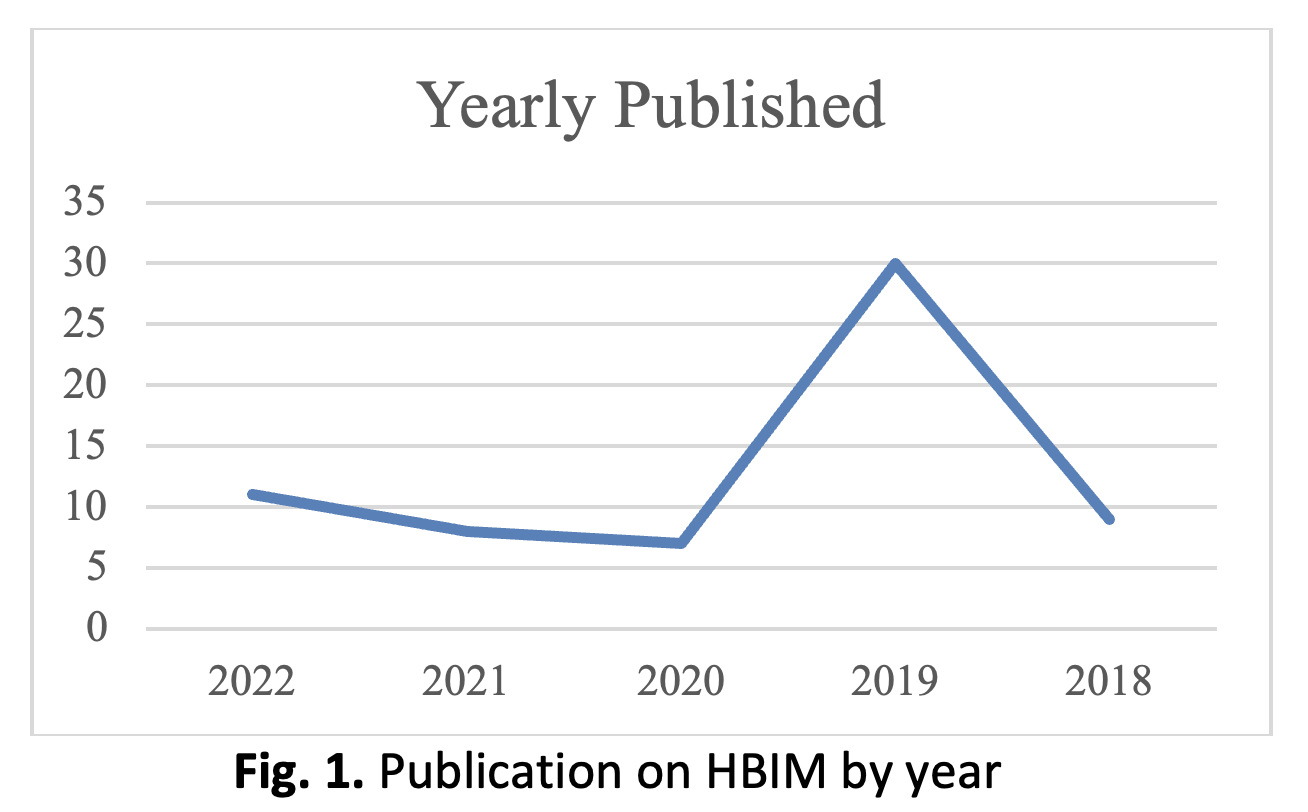Conservation Digitalization through Heritage Building Information Modelling (HBIM): Online Database Theoretical Review
DOI:
https://doi.org/10.37934/araset.33.1.317332Keywords:
Conservation, Digitalisation, HBIMAbstract
It is essential in today's world to protect and maintain cultural heritage in the face of threats posed by modernity, development, and climate change, all of which have the potential to shorten the useful lifespan of cultural heritage. On the other hand, the effort involved in conservation is far more challenging since incomplete documentation frequently leads to misunderstandings and incorrect interpretations. Heritage Building Information Modelling (HBIM) is a tool that came into latter part of the 2000s with the intention of assisting in the management of the conservation, rehabilitation, and retrofitting of heritage structures. When it comes to the management and digitization of documents associated with historical buildings and artefacts, HBIM is often regarded as the most trustworthy tools available. The main objective of this paper is to identify theories concerning HBIM based on theoretical review conducted via online database. On 9th October 2022, the search had been made using Scopus online database, 1346 articles and conferences paper were selected in this research, after screening phases, only 65 high quality articles were included. As a result, HBIM digitalization model is proposed.Downloads

Downloads
Published
2023-10-20
How to Cite
Mohd Nurfaisal Baharuddin, Nur Aina Iylia Husa, Nur Fadhilah Bahardin, Abdul Hadi Nawawi, Siti Norlizaiha Harun, Afifuddin Husairi Hussin, & Irwan Mohamad Ali. (2023). Conservation Digitalization through Heritage Building Information Modelling (HBIM): Online Database Theoretical Review . Journal of Advanced Research in Applied Sciences and Engineering Technology, 33(1), 317–332. https://doi.org/10.37934/araset.33.1.317332
Issue
Section
Articles




























